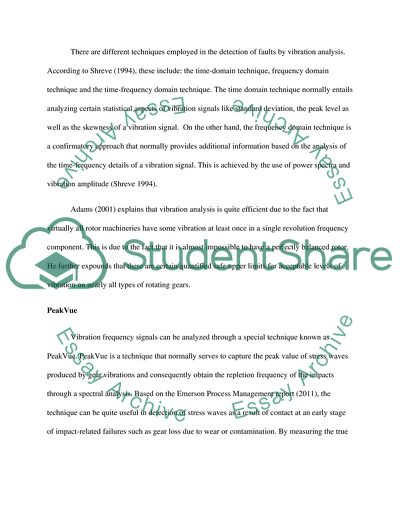Cite this document
(“Helical Gears and Vibration In Terms Of PeakVue Research Paper”, n.d.)
Retrieved from https://studentshare.org/technology/1592373-seeded-fault-testing-and-fault-detection-in-helical-gears-using-vibration-analysis
Retrieved from https://studentshare.org/technology/1592373-seeded-fault-testing-and-fault-detection-in-helical-gears-using-vibration-analysis
(Helical Gears and Vibration In Terms Of PeakVue Research Paper)
https://studentshare.org/technology/1592373-seeded-fault-testing-and-fault-detection-in-helical-gears-using-vibration-analysis.
https://studentshare.org/technology/1592373-seeded-fault-testing-and-fault-detection-in-helical-gears-using-vibration-analysis.
“Helical Gears and Vibration In Terms Of PeakVue Research Paper”, n.d. https://studentshare.org/technology/1592373-seeded-fault-testing-and-fault-detection-in-helical-gears-using-vibration-analysis.


